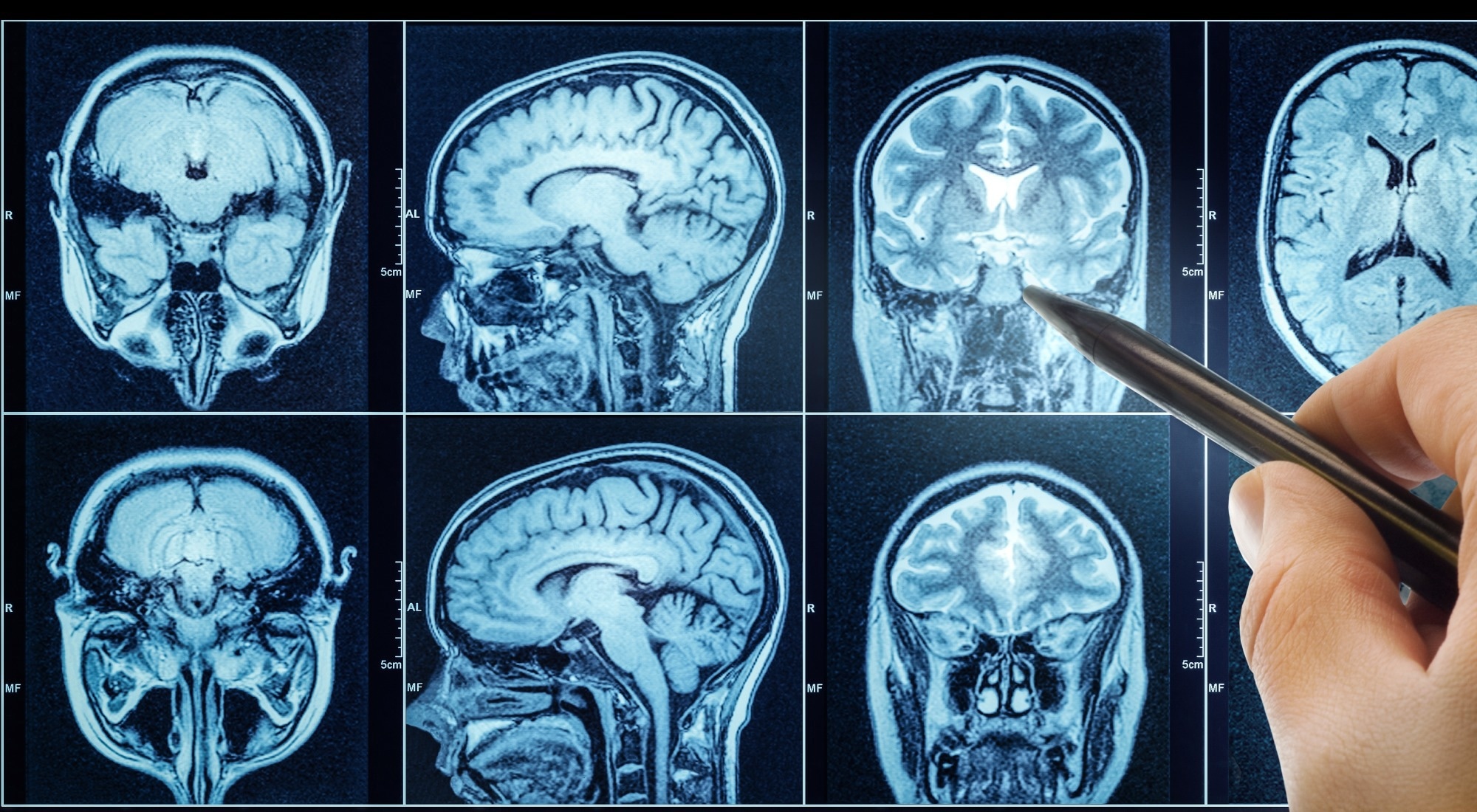In a recent article posted to the medRxiv* preprint server, researchers evaluate the predictive value of a multidimensional machine learning (ML) approach for monitoring the progression of Alzheimer’s disease (AD).
 Study: Machine learning-based classification of Alzheimer's disease and its at-risk states using personality traits, anxiety, and depression. Image Credit: Triff/Shutterstock.com
Study: Machine learning-based classification of Alzheimer's disease and its at-risk states using personality traits, anxiety, and depression. Image Credit: Triff/Shutterstock.com

 *Important notice: medRxiv publishes preliminary scientific reports that are not peer-reviewed and, therefore, should not be regarded as conclusive, guide clinical practice/health-related behavior, or treated as established information.
*Important notice: medRxiv publishes preliminary scientific reports that are not peer-reviewed and, therefore, should not be regarded as conclusive, guide clinical practice/health-related behavior, or treated as established information.
Background
AD patients often experience significant changes in their personality as the disease progresses. These include increased neuroticism, as well as reduced agreeableness, extraversion, conscientiousness, and openness.
Although personality traits fluctuate throughout life, the development of anxiety and depression can often reflect certain personality traits. For example, higher levels of depression and anxiety are often associated with subjective cognitive decline, amnesic mild cognitive impairment (aMCI), and AD.
In addition to these personality changes, various functional magnetic resonance imaging (fMRI) changes can also be used to monitor the progression of AD. Furthermore, altered levels of amyloid beta (A1β-42), total tau (tTau), and phosphorylated tau (pTau181) in cerebrospinal fluid (CSF) are established biomarkers of AD diagnosis. However, since the collection of cerebral spinal fluid (CSF) samples is an invasive procedure of lumbar puncturing, it is typically only performed in cases of clinical suspicion, thus indicating the need for less invasive diagnostic approaches.
About the study
To train the ML approach for the current study, the researchers utilized voxel-wise resting state functional magnetic resonance imaging (MRI), the ‘Big Five’ personality traits, depression, anxiety, apolipoprotein E (ApoE) genotype, and CSF biomarkers.
Predictor variables were classified into feature sets for use in the SVM and prediction of the participant groups. There were eight feature sets, of which included base model, mPerAF, personality, depression, anxiety, personality extended, ApoE, CSF, and all without CSF biomarkers.
Decoding accuracy (DA) was used to evaluate the predictive performance of participant classification. Likewise, class accuracy (CA) was used to predict the same values separately for each group, which ranged from zero to one.
Study findings
All feature sets demonstrated DA significantly above chance, with the highest DA observed for four feature sets including personality extended, CSF consisting of tTau, pTau, and Aβ42/40 ratio, ApoE, as well as depression and anxiety scores.
The base model and CSF feature sets did not achieve significant above-chance classification performance for the HC group, which was in contrast to all other feature sets. In fact, these sets had the lowest classification accuracy for the aMCI group.
For HC, a feature set comprising scores of depression and anxiety attained the highest class accuracy. This could be due to the lack of individuals with AD pathology in the HC groups, whereas the SCD and aMCI groups included more individuals at risk of AD progression.
Notably, mPerAF performed above chance; however, its performance did not vary from the base model. Most previous DMN studies focused on functional connectivity, rather than voxel-wise amplitude measures, such as mPerAF; therefore, the predictive ability of resting-state fMRI of the DMN for AD led to inconsistent findings. The current study approach resembled an automated diagnostic process and did not make dichotomous decisions across groups.
The inclusion of mPerAF reduced SVM performance, thereby nullifying the hypothesis that combining the feature set ‘all without CSF’ could outperform CSF biomarkers in prediction accuracy. The feature set ‘personality extended’ surpassed personality; however, while both feature sets accurately classified the aMCI group equally, their accuracies for the SCD group were insignificant.
Neither SCD nor aMCI is specific to AD, as aging also contributes to the development of these conditions. Thus, conversion rates to AD varied, which justifies the poor class accuracies for these participant groups.
Conclusions
None of the combinations of the evaluated feature sets consistently attained superior class accuracies for all participant groups. CSF biomarkers most effectively classified participants with mild AD, whereas depression and anxiety scores combined effectively classified healthy controls, thus reaffirming that late-life depression is a prodrome of AD.
The overall prediction accuracies across all four participant groups had a combination of personality traits with depression and anxiety scores at the top, followed closely by CSF biomarkers and the ApoE genotype.
The study findings indicate that classifying SCD and aMCI groups using ML approaches remains challenging, as their cognitive impairments are often unknown. Further research is needed, particularly for determining the predictive value of personality traits and associated states as inexpensive screening tools while adhering to accepted frameworks of terminology and concepts.

 *Important notice: medRxiv publishes preliminary scientific reports that are not peer-reviewed and, therefore, should not be regarded as conclusive, guide clinical practice/health-related behavior, or treated as established information.
*Important notice: medRxiv publishes preliminary scientific reports that are not peer-reviewed and, therefore, should not be regarded as conclusive, guide clinical practice/health-related behavior, or treated as established information.
Journal reference:
- Preliminary scientific report.
Waschkies, K., Soch, J., Darna, M., et al. (2023). Machine learning-based classification of Alzheimer's disease and its at-risk states using personality traits, anxiety, and depression. medRxiv. doi: 10.1101/2022.11.30.22282930